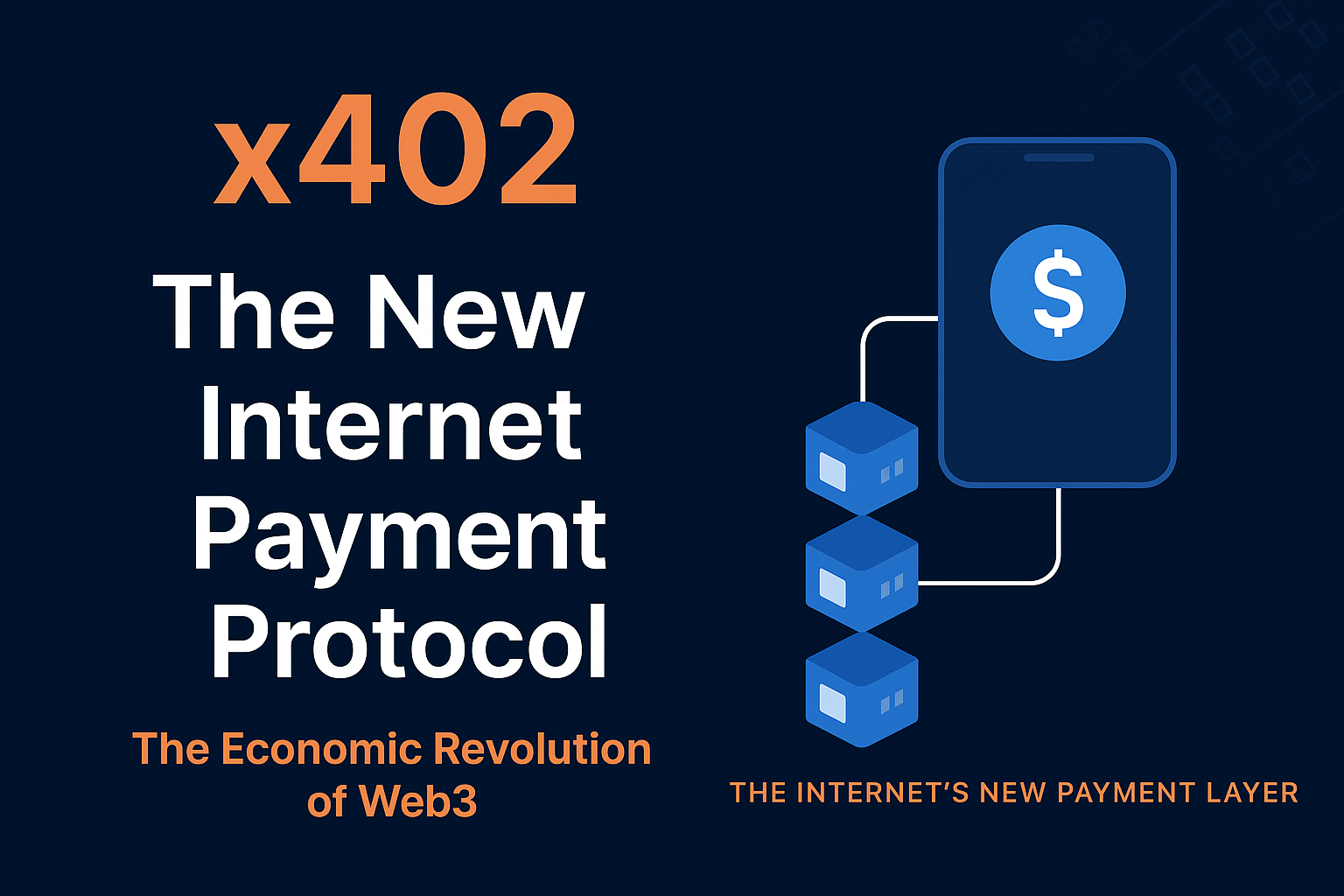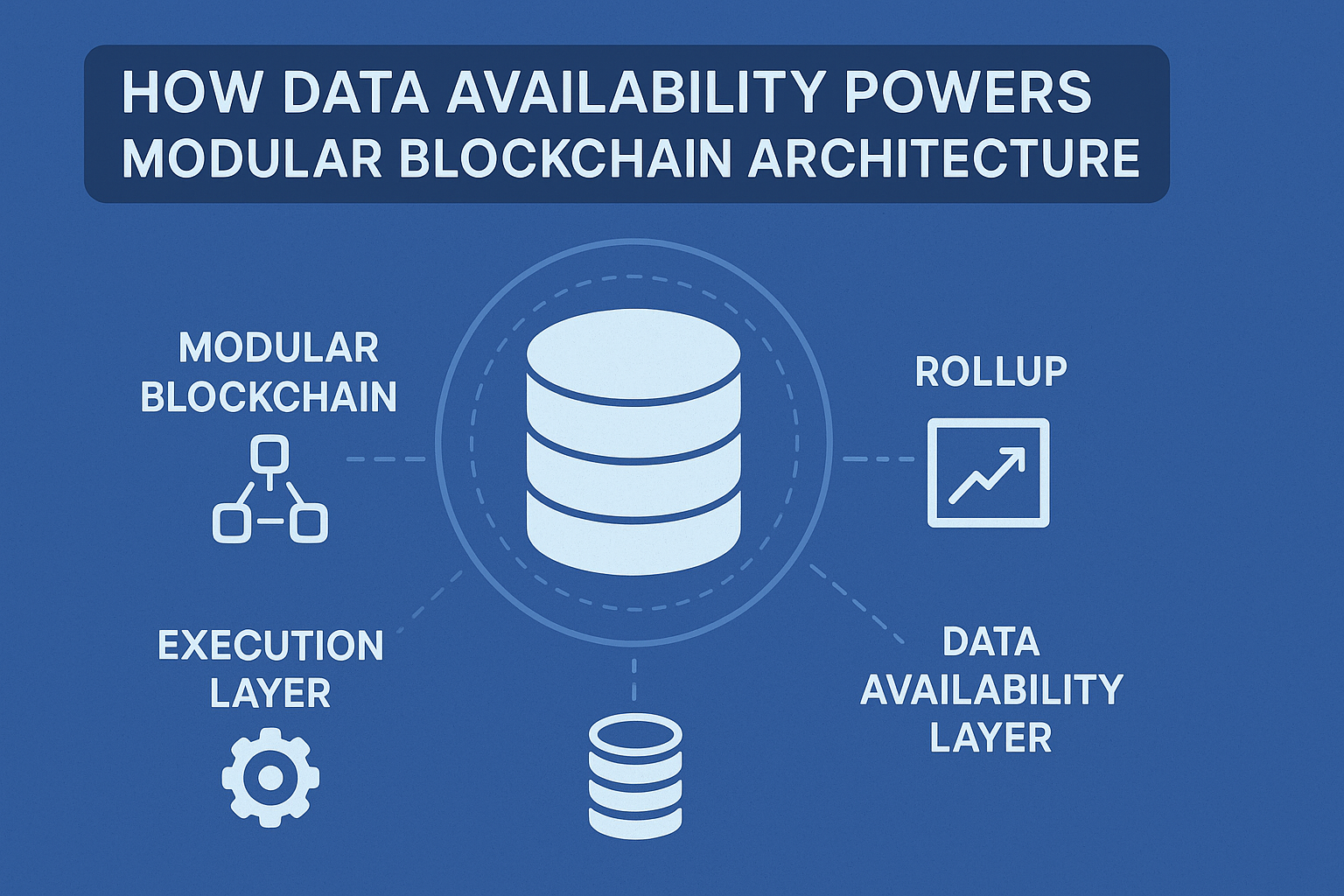As the Web3 landscape evolves, new standards continue to shape the foundation of decentralized technology.
Entering the final months of 2025, one name has started to stand out — x402, a next-generation protocol that aims to redefine how data, payments, and connectivity function across the blockchain ecosystem.
But what exactly is x402, and why is it being called “the next big Web3 standard” heading into 2026?
🧩 What Is x402?
x402 is a new Web3 communication and data availability protocol designed to make blockchain-based systems faster, more secure, and interoperable.
In simple terms, it allows applications, devices, and blockchains to exchange verified data and perform on-chain microtransactions seamlessly — all without relying on centralized intermediaries.
x402’s goal is to become for payments and data what HTTP became for information — the standard layer of interaction for the decentralized web.
⚙️ How Does x402 Work?
x402 operates as a data availability layer, meaning it ensures that blockchain data remains accessible, verifiable, and decentralized — without overloading the main chain.
Instead of storing every piece of data directly on-chain, x402 allows blockchains to use external yet verifiable data layers, improving both scalability and cost efficiency.
This makes it particularly valuable for:
- Layer-2 networks (e.g., Optimistic Rollups, zk-Rollups),
- Modular blockchain architectures,
- Cross-chain interoperability frameworks,
- And decentralized applications requiring real-time microtransactions.
In essence, x402 unifies data integrity and payment automation in a single Web3-native protocol.
🌍 Projects Integrating or Testing x402
Several major blockchain projects and Web3 infrastructure platforms are already integrating or experimenting with x402-compatible systems:
- Celestia – Pioneer in modular data layers using x402-style data availability mechanisms.
- Avail – Implements x402 principles for scalable, cross-chain data sharing.
- EigenDA – Builds verifiable off-chain data storage aligned with x402 standards.
- Near Data Availability Layer (NDAL) – Working on data and payment fusion through x402 concepts.
- Astra Cloud & Aurra – Enterprise-level Web3 infrastructure providers beginning to adopt x402 for secure data and payment integration.
These ecosystems share a common vision: a decentralized, verifiable, and efficient Web3 foundation.
🚀 Why 2026 Will Be the Year of x402
2026 is expected to mark a turning point for Web3 — the year when modular blockchain architectures and decentralized data layers become mainstream.
Ethereum’s roadmap now includes data availability optimizations compatible with x402 logic, while Cosmos-based chains and Layer-2 ecosystems like Arbitrum Orbit and Optimism Superchain are testing x402-style communication layers.
For enterprises and developers, x402 will unlock:
- Faster cross-chain verification,
- Lower operational costs,
- Built-in regulatory transparency,
- Real-time, trustless microtransactions between systems.
In short, x402 is poised to become the universal communication and payment protocol of Web3.
🔍 Conclusion: The Next Era of the Internet Is Transactional
x402 isn’t just another blockchain tool — it’s a new foundation for the digital economy.
Just as ERC-20 standardized tokens and ERC-721 revolutionized NFTs, x402 is set to define the Web3 data and payment layer.
As we step into 2026, one thing is certain:
Web3 is no longer just about blockchains — it’s about interconnected economies.
And the protocol powering that evolution is — x402.




